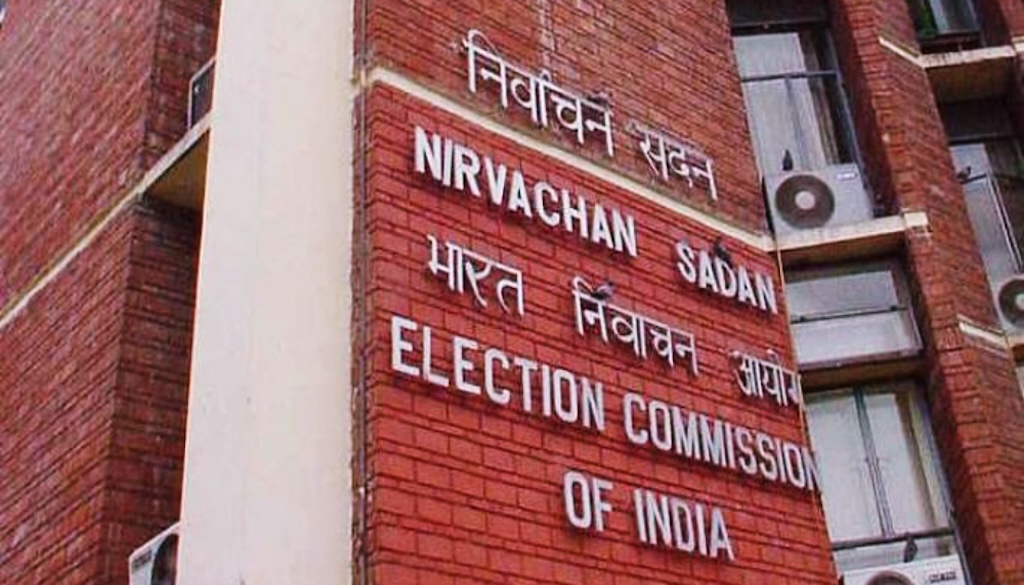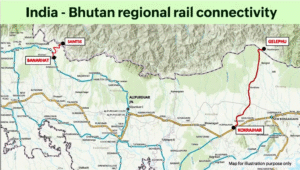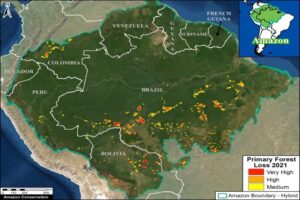
Reach the Last Voter – Revisiting the EC’s Stellar Record Amid Bihar’s SIR Controversy
best online coaching for CLAT, online coaching for CLAT, CLAT Current Affairs 2026, Current Affairs 2026
Why in News:
A fresh round of scrutiny around the Summary Intensive Revision (SIR) of electoral rolls in Bihar has reignited debates about voter disenfranchisement and transparency in India’s electoral system. As questions are raised, the editorial written by former Chief Election Commissioner S.Y. Quraishi emphasizes the Election Commission’s (EC) historically unmatched efficiency in reaching even the remotest voters—be it in deserts, islands, forests, or warzones. The article urges reflection upon this institutional legacy amid current controversies.
Introduction:
India’s democratic strength lies in its ability to ensure participation of the last voter, no matter how geographically isolated or socio-economically marginalized they are. Conducting elections in India is akin to managing one of the world’s most complex supply chains, involving not just voter slips and ballot boxes but also helicopters, elephants, and snowmobiles. The piece highlights the logistical brilliance of the EC in handling a scale of operation that touches almost a billion people.
In the backdrop of political controversy in Bihar, the author revisits the stellar institutional performance of the EC to reinforce public trust and inspire reforms grounded in transparency rather than fear.
Point-wise Summary:
- Election Commission’s Supply Chain as a Model of Excellence
- The author likens EC’s operations to global supply chains of cargo and shipping industries.
- Emphasizes how voter slips, EVMs, and polling booths form the backbone of India’s massive electoral infrastructure.
- The process is seen as efficient and strategic, capable of reaching remote corners of the nation.
- The Bihar SIR Controversy
- In Bihar, the Summary Intensive Revision (SIR) exercise sparked fears of mass voter deletion.
- This brings attention to the importance of maintaining trust in the electoral roll revision process.
- Quraishi urges a revisit of EC’s past successes to navigate current criticism effectively.
- 2024 General Elections—A Logistical Marvel
- 947.98 million voters were enrolled.
- 12 million polling stations were set up using 5.5 million Electronic Voting Machines (EVMs).
- Supported by 15 million personnel and a diverse array of transport (mules, boats, elephants, helicopters).
- Reaching the Last Voter: Geographical Examples
- Great Nicobar Island: 14,000 km from Delhi, and just 145 km from Indonesia.
- Anundarel Island (Andhra Pradesh): Accessed via dense forests.
- Gir Forest (Gujarat): A temple used as a booth for a solitary priest.
- Himachal Pradesh: Polling booths set up at 15,256 feet in snowbound villages.
- Technology and Human Precision
- EC uses EVMs paired with VVPATs (Voter Verifiable Paper Audit Trail).
- Ink vials, seals, indelible ink strips, forms, and postal materials are all meticulously managed.
- Over 40,000 vehicles, 1200 aircrafts, and 135 special trains were mobilized.
- Unreachable Terrains Made Accessible
- GPS-tagged strongrooms, layered security, and live monitoring of movement of EVMs.
- Donkeys, camels, and elephants carried EVMs in rough terrains.
- Human precision ensured polling booths were set up in snow and deserts alike.
- Digital Infrastructure and Security
- Digital dashboards tracked turnout.
- Encrypted VPNs ensured secure data transfer.
- Voter data was backed by real-time dashboards, 24/7 GPS monitoring, and secure storage.
- Staff Training and Field Protocol
- Election duty involved multiple layers of staff training.
- Officials were trained in machine handling, crowd control, and legal protocols.
- Temporary seasonal workforce was also recruited with a high level of discipline.
- Cold Chain Protocol and EVM Safety
- Sensitive components followed cold-chain protocols, essential in deserts and snow zones.
- Real-time tag-based tracking used to trace equipment and detect tampering.
- Lessons for Bihar and Future Reforms
- The editorial suggests reinstating public trust in the EC by re-committing to its tested logistics and transparent mechanisms.
- Reforms should focus on enhanced transparency, not fear-based purging.
Notes: Explanation of Key Terms
Term | Explanation |
EVM (Electronic Voting Machine) | A device used for casting votes electronically in Indian elections. |
VVPAT (Voter Verified Paper Audit Trail) | A machine that gives a printed slip to the voter as confirmation of their vote. |
SIR (Summary Intensive Revision) | An exercise by the Election Commission to revise and update the electoral rolls. |
Cold-chain Protocol | A temperature-controlled supply chain to ensure the integrity of sensitive electronic equipment. |
Encrypted VPNs | Secure digital tunnels used to protect election data transmission. |
Strongrooms | High-security storage rooms for EVMs, monitored by GPS. |
Analysis and Takeaway for CLAT Aspirants:
- Understanding Democratic Infrastructure:
- The editorial gives deep insights into logistics of elections, useful for Legal Reasoning and Current Affairs sections.
- Legal Relevance:
- Articles 324–329 of the Indian Constitution relate to elections and EC powers. Important for CLAT GK/Legal Knowledge.
- Institutional Integrity Theme:
- Relevance in Essay Writing and Current Affairs: It shows how institutional integrity, if maintained, helps counter public distrust.
- Contemporary Governance Debate:
- CLAT questions often test controversial current issues—here the SIR controversy highlights the tension between state-level EC practices and citizen trust.
Conclusion:
The Election Commission of India, long considered a global model of electoral management, is currently facing a credibility test in Bihar. But instead of skepticism, this moment calls for a reaffirmation of its proven strengths. From the Himalayan peaks to desert dunes, from tribal belts to dense forests, the EC has successfully brought the democratic right to vote to every eligible Indian.
To retain public trust and improve further, the EC must revisit and reinforce its foundational ethos—neutrality, transparency, and logistical excellence. The ultimate goal must remain what it has always been: to reach the last voter, no matter where they stand.




